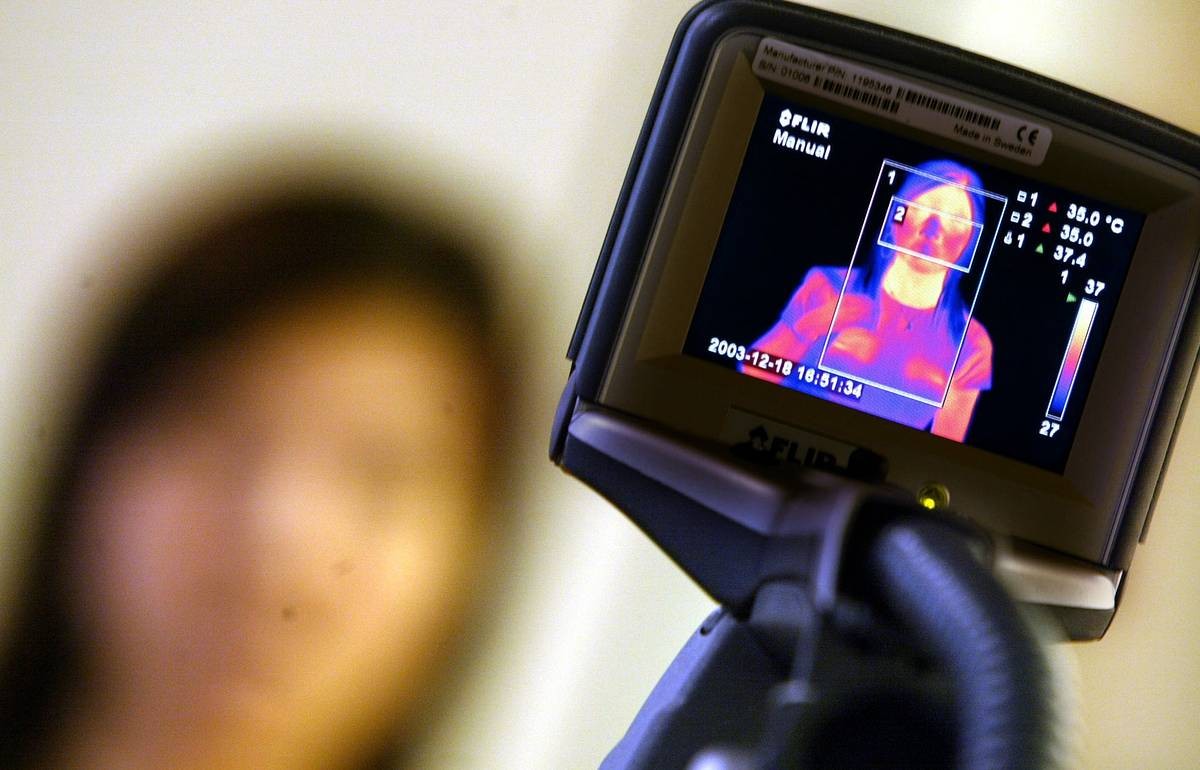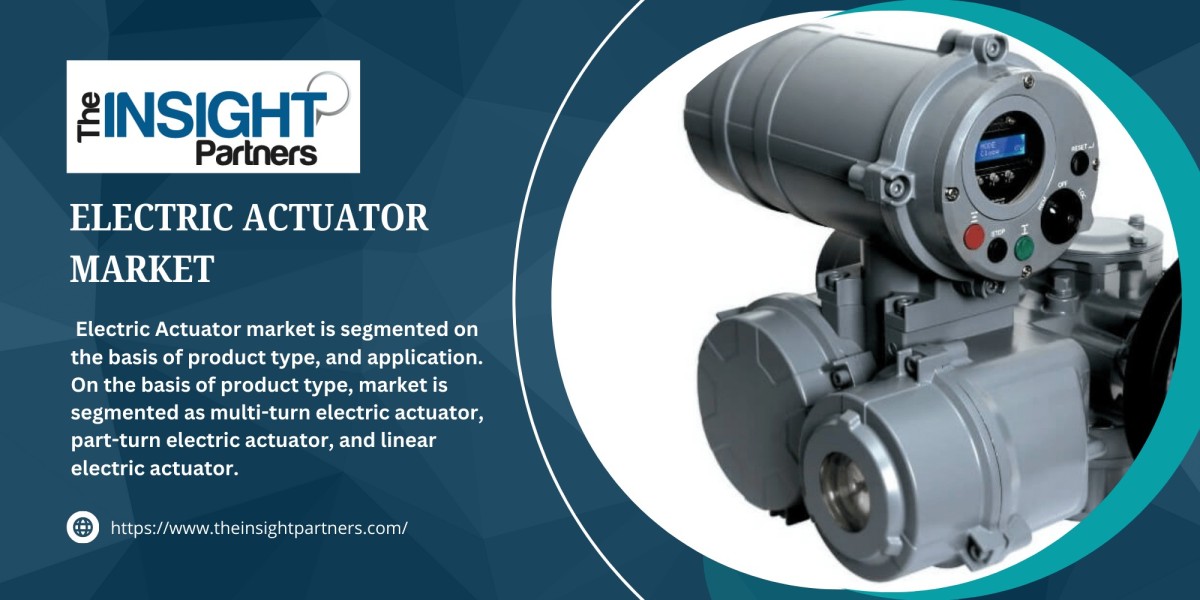Introduction
The integration of Artificial Intelligence (AI) and Machine Learning (ML) in rugged thermal cameras is revolutionizing industries by enhancing real-time analysis, predictive capabilities, and automation. These advanced technologies enable thermal cameras to not only capture heat signatures but also interpret data with greater accuracy, efficiency, and intelligence. The impact of AI and ML is particularly significant in industries such as defense, industrial automation, healthcare, security, and environmental monitoring. This article explores how AI and ML are transforming the rugged thermal camera market and shaping its future.
Enhanced Image Processing and Object Detection
One of the most significant contributions of AI and ML in rugged thermal cameras is the improvement in image processing and object detection. Traditional thermal cameras provide heat maps, but AI-powered systems enhance them by:
Real-Time Anomaly Detection: Identifying unusual temperature variations and potential equipment failures before they escalate.
Automated Object Recognition: Differentiating between humans, animals, vehicles, and other objects using AI-driven classification.
Noise Reduction and Image Enhancement: Filtering out environmental noise such as fog, smoke, and reflections to improve image clarity.
These capabilities are particularly useful in industries such as security and defense, where distinguishing between threats and non-threats is critical for decision-making.

Predictive Maintenance and Industrial Applications
AI and ML-driven thermal cameras are transforming industrial sectors by enabling predictive maintenance and efficiency improvements. Applications include:
Machinery Health Monitoring: AI algorithms analyze temperature patterns to predict component failures, reducing unplanned downtime.
Energy Efficiency Optimization: Identifying areas of excessive heat loss in manufacturing plants and optimizing energy consumption.
Process Automation: Integrating AI-powered thermal imaging with robotic systems for real-time monitoring and quality control in production lines.
These advancements help industries reduce operational costs, extend equipment lifespan, and improve safety.
AI-Driven Security and Surveillance
Security and surveillance applications benefit greatly from AI-enhanced thermal cameras. Key advancements include:
Intruder Detection and Tracking: AI algorithms can distinguish between humans and animals, reducing false alarms.
Behavior Analysis: Machine learning models analyze movement patterns to detect suspicious activities in real-time.
Facial Recognition in Low-Light Conditions: Thermal imaging, combined with AI, enables enhanced identification and authentication in dark or obscured environments.
These applications are critical for military, law enforcement, and commercial security systems, where accuracy and automation are essential.
Smart Healthcare and Medical Diagnostics
The integration of AI with thermal imaging is also making a significant impact in healthcare by enabling non-invasive diagnostics and monitoring. Some key applications include:
Fever Screening and Epidemic Control: AI-powered thermal cameras detect elevated body temperatures in public spaces to identify potential infection risks.
Early Disease Detection: AI models analyze thermal patterns for early signs of conditions such as inflammation, circulatory disorders, and cancer.
Remote Patient Monitoring: AI-enhanced thermal imaging assists in continuous health monitoring, reducing the need for physical check-ups.
These innovations are transforming how healthcare professionals diagnose and manage diseases, particularly in remote and resource-limited areas.
Environmental Monitoring and Disaster Response
AI-driven thermal imaging plays a crucial role in environmental protection and disaster response. Some applications include:
Wildfire Detection: AI models analyze thermal data to detect early signs of wildfires and predict their spread.
Oil Spill and Pollution Monitoring: AI-powered cameras detect thermal anomalies in water bodies, helping prevent environmental disasters.
Search and Rescue Operations: AI-enhanced thermal cameras improve visibility in extreme conditions, aiding rescue missions in natural disasters and accidents.
With climate change increasing the frequency of natural disasters, AI-integrated thermal imaging is becoming an essential tool for environmental monitoring and response teams.
Future Trends and Market Growth
As AI and ML technologies continue to evolve, the rugged thermal camera market is expected to experience significant growth. Key trends include:
Edge Computing Integration: AI processing within the camera itself for faster real-time analysis without requiring cloud connectivity.
Autonomous Drones and Robotics: AI-powered thermal cameras being deployed in autonomous vehicles for search and surveillance applications.
Enhanced AI Algorithms: Continuous improvements in deep learning models to improve accuracy and predictive capabilities.
Increased Adoption Across Industries: Wider use of AI-driven thermal cameras in commercial, industrial, and consumer markets.
Conclusion
The integration of AI and Machine Learning in rugged thermal cameras is revolutionizing industries by improving image processing, enhancing security, optimizing industrial processes, and enabling advanced medical diagnostics. With continuous technological advancements, the market for AI-powered thermal imaging is poised for rapid growth. Businesses and organizations that embrace these innovations will benefit from greater efficiency, safety, and automation, making AI-driven thermal cameras an essential tool for the future.


